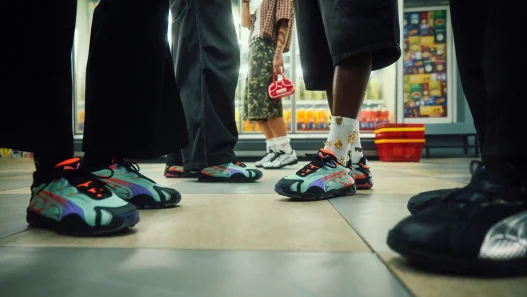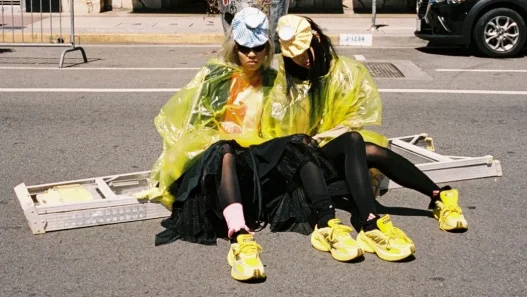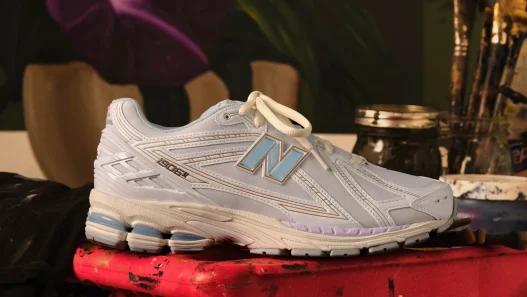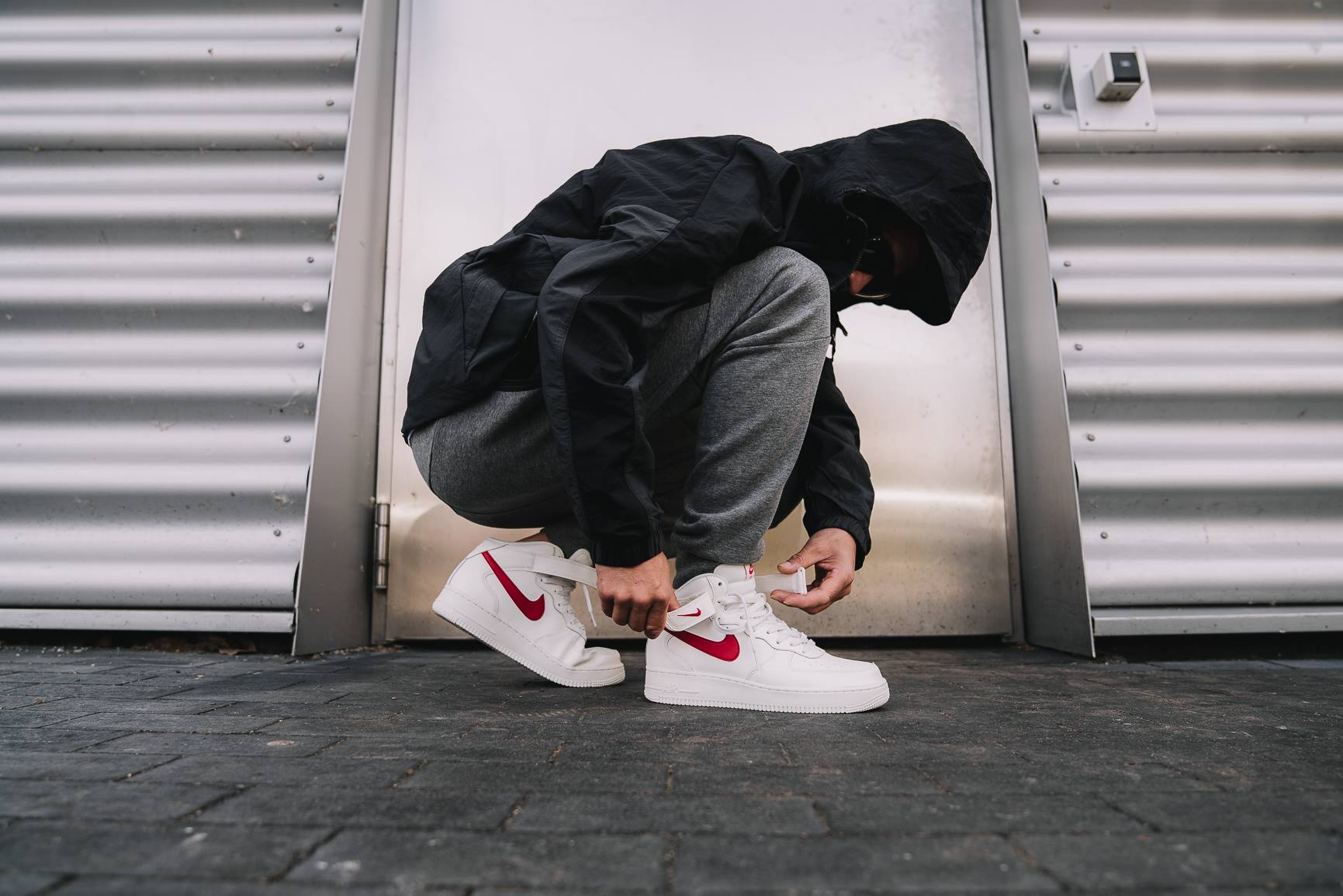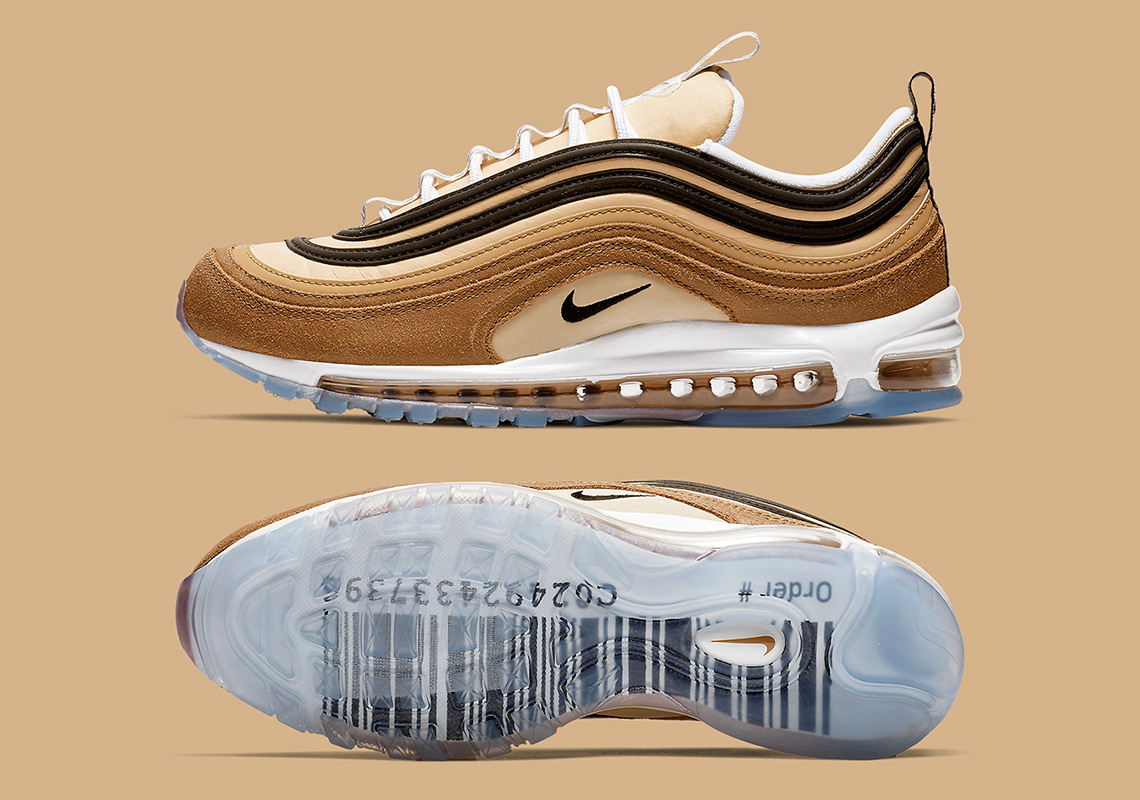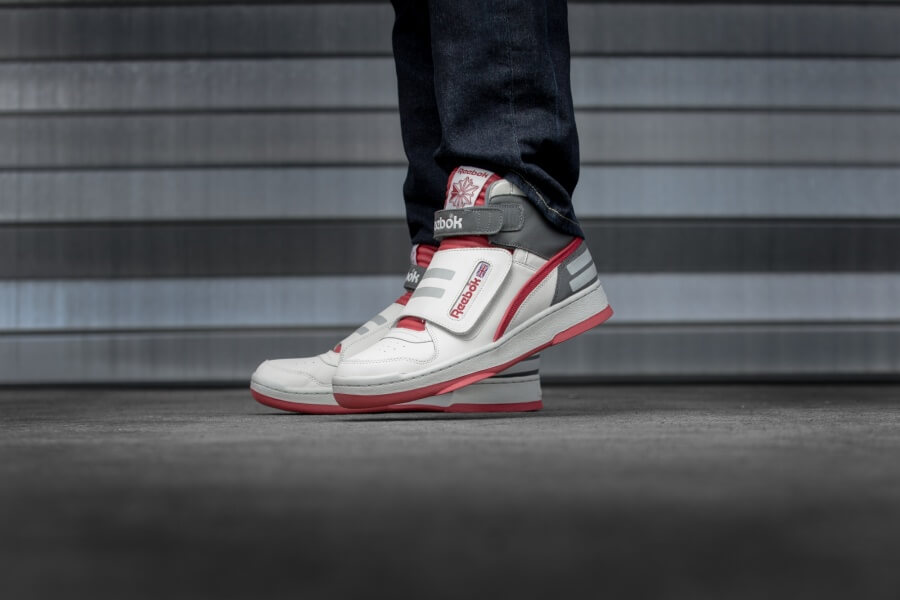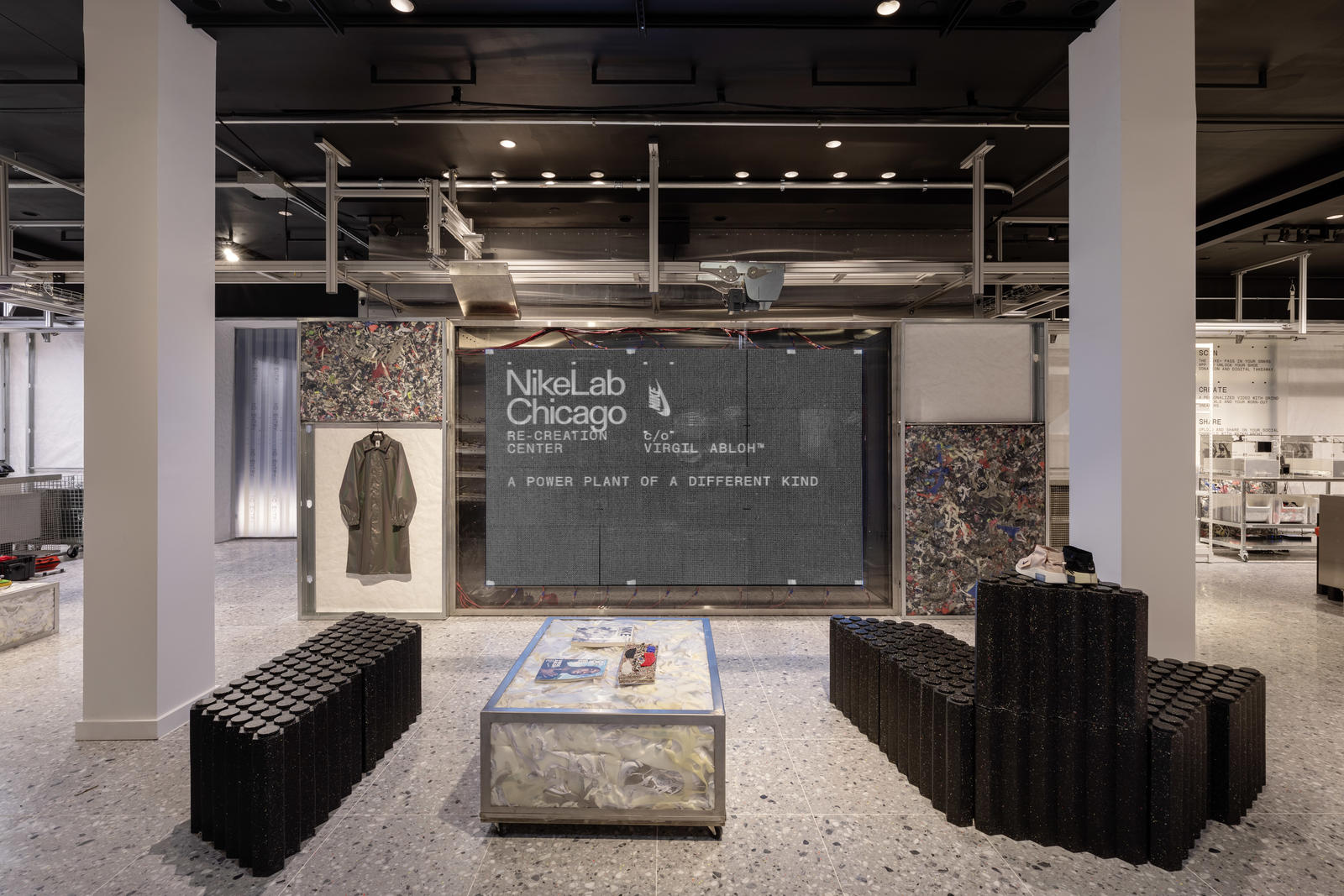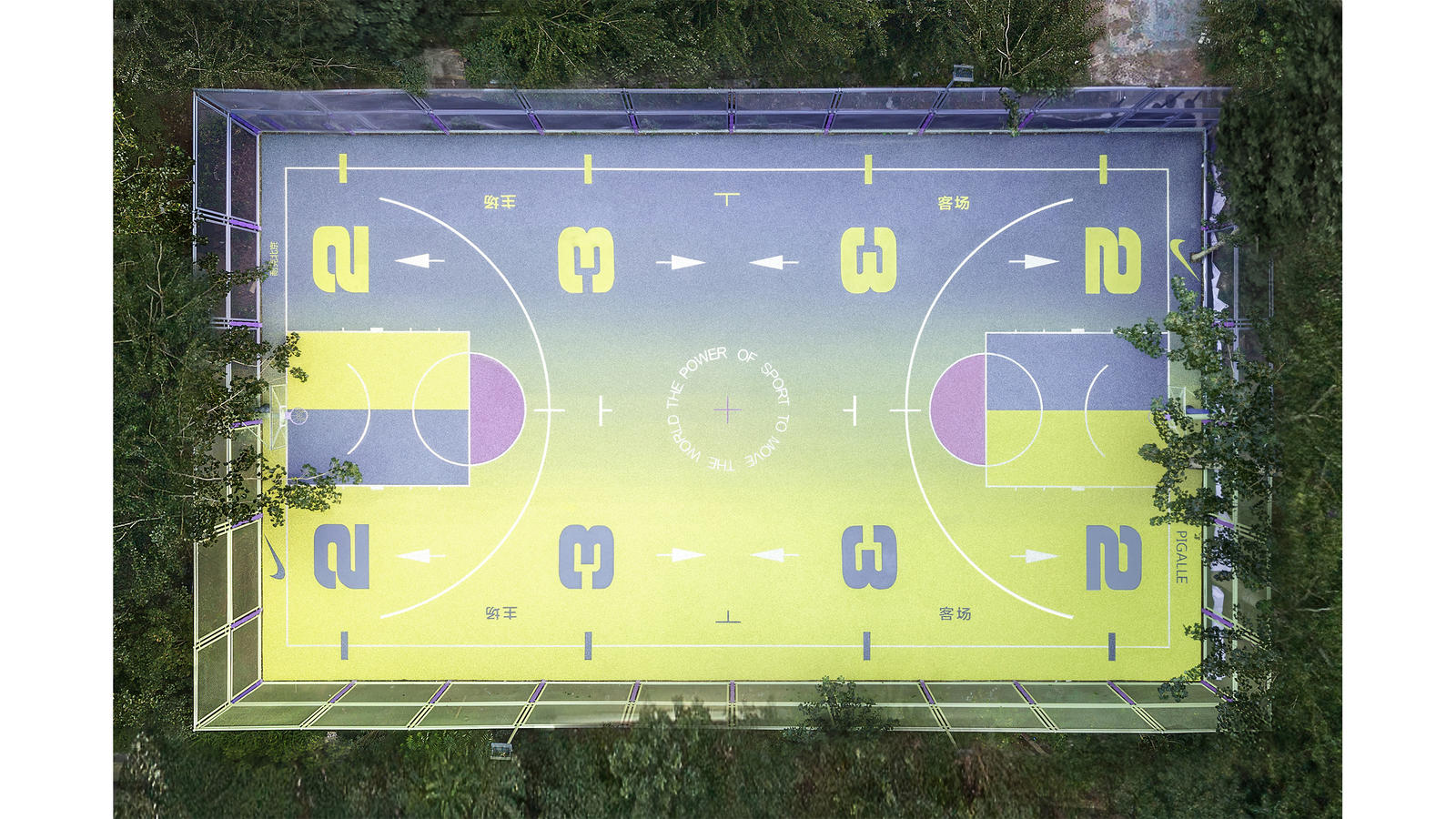It may be nearly 40 years old, but the Nike Air Force 1 will always be one of the most beloved designs to ever come out of the Swoosh’s Beaverton headquarters. Not only did the kicks become a hardwood staple thanks to their wear by ‘The Original Six’ (Moses Malone, Michael Cooper, Bobby Jones, Calvin Natt, Mychal Thompson, and Jamaal Wilkes), but they single-handedly ushered in the idea of a ‘retro’ as they morphed into a street-ready icon.
Nike originally discontinued the Air Force 1 in 1984 as it went back to the drawing board to create the shoe’s successor; the Air Force II would ultimately see the light of day in 1987. Before the AF-2 landed, however, the Swoosh was forced to resurrect the OG due to the high demand for the kicks. As the story goes, customers kept hitting up their local shops in search of the presidential Uptowns, but were forced to head home empty handed.
Based on the obvious demand, a trio of Baltimore-based retailers lobbied Nike to bring back the AF-1 and the Swoosh relented, but on one condition: those three retailers had to take on 1,200 pairs of the kicks. After agreeing, those ‘White/Royal Blue’ and ‘White/Chocolate Brown’ pairs sold out in no time, kicked off the beloved ‘Colour of the Month’ program, and the rest is history. Hell, the AF-1 even convinced a young man by the name of Tinker Hatfield to give up his job as a corporate architect and go into footwear design.
Jump ahead to the present day, and the AF-1 remains the greatest shoe of all time, as well as being a best-seller: by some accounts roughly 12 million pairs are sold each year, and the kicks have accounted for somewhere in the neighbourhood of $30 billion USD in sales. Nike itself even considers the shoe to be the very beginning of the fan-favourite Nike Sportswear lineup.
So what exactly is it about the AF-1 that has kept wearers coming back for more? Is it Bruce Kilgore’s original Air Approach—inspired high-top design? Is it the seemingly infinite colourway options? Is it the shoe’s penchant for modern day reinvention? Ultimately, it’s probably a combination of all of the above, but there’s one design element that has largely stood the test of time through it all: that Air-cushioned sole unit.
Air Comes to the Hardwood
Though the Tailwind introduced Air-Sole cushioning to the world three years earlier, the Air Force 1 brought the technology to the hardwood for the very first time in 1982. Early adverts even came with the tagline ‘A shoe so revolutionary, the game of basketball may never be the same’. Naturally, the Swoosh was exactly right. Even 37 years later, Air continues to be the dominant cushioning tech for the basketball court thanks to its lightweight responsiveness. From LeBron James and Kevin Durant to Paul George, Kyrie Irving, and Russell Westbrook, all of Nike’s Swoosh- and Jumpman-emblazoned signature kicks come with some type of Air tech, including the Air Jordan 33. Every Air-cushioned Nike and Jordan Brand basketball shoe can ultimately trace its roots all the way back to the AF-1 in 1982.
Pivot Point
Arguably as important to the basketball footwear landscape as Air-Sole cushioning is another sole-based Air Force 1 innovation: the pivot point. Up until the early 80s, just about every shoe on the basketball court had opted for the tried and true traction of a herringbone outsole pattern. However, Kilgore and company made the AF-1 the first shoe to employ a truly basketball-specific outsole pattern thanks to their introduction of a circular design anchored by a pivot point — a nod to the interior post play that was dominant at the time. The pattern would be further refined and utilised by a bevy of Nike basketball innovations to follow, including the likes of the Dunk and Air Jordan 1.
Nike’s First Slip Last
Before the introduction of the Air Force 1, Nike shoes were made with a prototypical board last whereby the upper of the shoe was attached to a flexible board on top of the midsole. However, for the Air Force 1, the Swoosh created its first-ever slip-lasted shoe.
Constructed at Nike’s first Sports Research Lab in Exeter, New Hampshire, the AF-1’s upper was pulled over the last and then attached to the midsole, thus resulting in a lighter weight shoe with improved flexibility. The AF-1’s cup sole also meant that it was supremely durable, and perfect for the wear and tear of both the hardwood and the streets alike.
The Sole of an Icon
With its Air-Sole cushioning, pivot point traction pattern, and slip-lasted construction, the Air Force 1 sole has proven to be one of the most distinctive design elements to ever grace a piece of footwear. There’s a reason that just about every AF-1 update rocks with that OG tooling, even some 37 years since its original introduction.
By T.S Fox for Sneaker Freaker


